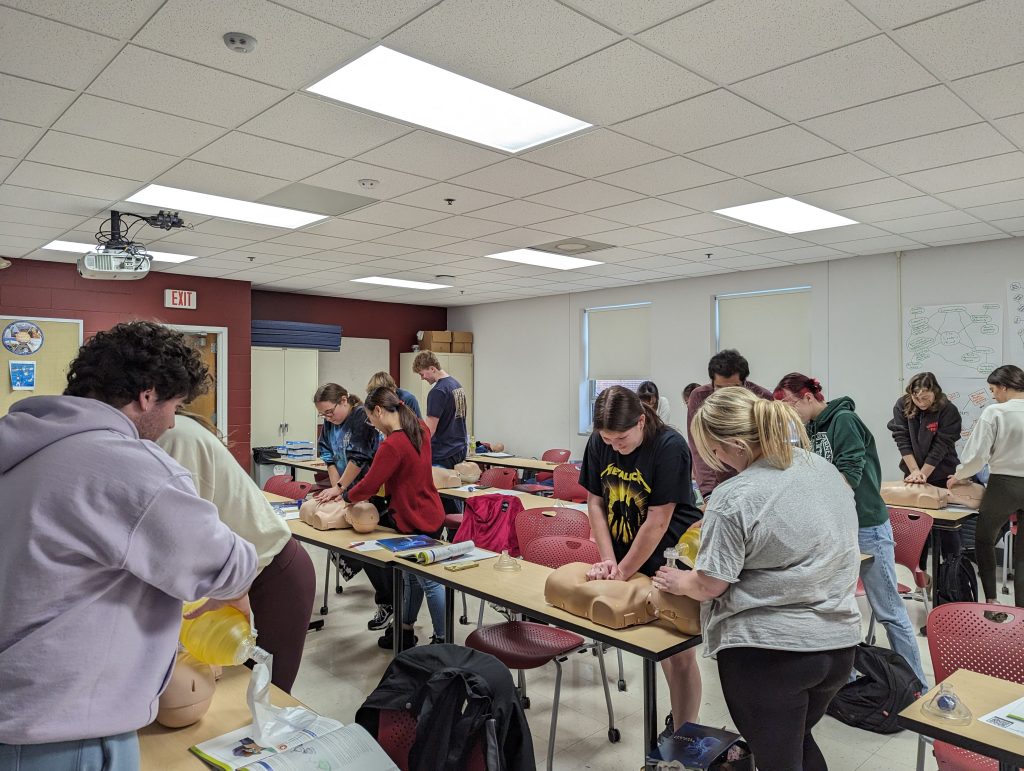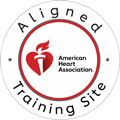Cardiopulmonary Resuscitation, or CPR, is a life-saving technique used in emergencies when someone’s breathing or heart has stopped. While the core principles remain the same – chest compressions and rescue breaths – the specific ratios and techniques differ significantly between adults and children. Understanding these crucial differences is not just a matter of protocol; it’s a matter of life and death. For healthcare providers, mastering both adult and pediatric CPR is absolutely essential to provide effective and appropriate care in critical moments. This comprehensive guide will delve into the nuances of these techniques, highlighting the key distinctions that dictate successful outcomes and preparing you to make informed decisions under pressure.

Understanding CPR Compression-to-Ventilation Ratios
At the heart of effective CPR lies the compression-to-ventilation ratio, a carefully calibrated balance that ensures optimal blood circulation and oxygenation. This ratio dictates how many chest compressions are administered before delivering rescue breaths. The science behind these varying ratios for different age groups is rooted in physiological differences, primarily related to the cause of cardiac arrest. In adults, sudden cardiac arrest is often due to a primary cardiac event, where maintaining blood flow to the brain and vital organs through compressions is paramount. Conversely, pediatric cardiac arrest is more commonly triggered by respiratory issues, emphasizing the critical role of ventilation in their resuscitation. Therefore, understanding and applying the correct ratio is not merely a guideline but a fundamental principle that directly impacts the chances of survival for both adults and children.
Adult CPR Guidelines
When it comes to adult CPR, the standard guideline from organizations like the American Heart Association (AHA) mandates a 30:2 compression-to-ventilation ratio for single rescuers. This means 30 chest compressions followed by two rescue breaths. The quality of these compressions is just as vital as the ratio. Compressions should be delivered at a depth of at least two inches, maintaining a rapid rate of 100 to 120 compressions per minute. Proper hand placement, typically in the center of the chest on the lower half of the breastbone, is crucial to ensure effective force and prevent injury. While cycles of 30:2 are the norm, healthcare professionals are also trained to recognize situations where continuous compressions might be more beneficial, particularly when an advanced airway is in place, optimizing blood flow without interruption.
Pediatric CPR Guidelines
Pediatric CPR, on the other hand, introduces specific considerations based on the age of the patient. Children are typically categorized as infants (under one year of age) or children (from one year up to puberty). For a single rescuer, regardless of whether the patient is an infant or a child, the compression-to-ventilation ratio remains 30:2, mirroring adult guidelines. However, a significant divergence occurs when two or more healthcare providers are present. In these multi-rescuer scenarios, the ratio for both infants and children shifts to 15:2. This adjustment reflects the greater importance of ventilation in pediatric emergencies, as children are more susceptible to respiratory compromise. Compression depth also varies; for infants, approximately 1.5 inches is sufficient, while for children, the depth should be about two inches, or roughly one-third the depth of the chest. Furthermore, hand placement is adapted: two fingers are typically used for infant compressions, while one or two hands may be employed for children, depending on their size, to achieve the necessary depth and force.
Key Differences and Decision Points
Navigating between adult and pediatric CPR requires keen observation and immediate decision-making in high-stress situations. The initial age assessment is paramount. While age classifications provide a framework, the presence of puberty is often the definitive anatomical marker to switch from pediatric to adult guidelines. The underlying anatomical and physiological differences are what truly drive the variations in technique. Children have smaller airways, larger heads in proportion to their bodies, and their bones are more flexible, all of which influence proper hand placement and compression depth. Overcompressing a child or under-compressing an adult can both have detrimental effects. Common mistakes often arise when rescuers fail to properly assess the patient’s age or forget to adjust their technique and ratios accordingly, underscoring the necessity of continuous education and practical training.
Call Us Now
Get the Best CPR Class in Kansas City Today!
Practical Application for Healthcare Providers
For healthcare providers, the application of these guidelines extends beyond individual techniques into comprehensive team-based resuscitation scenarios. Effective communication is non-negotiable during pediatric emergencies, where swift action and precise coordination are critical. Clear roles and concise commands ensure that each team member contributes effectively. Transitioning between single and two-rescuer techniques, for instance, requires seamless communication to maintain uninterrupted compressions and ventilation. Moreover, equipment considerations play a vital role. Using appropriately sized bag-mask devices for ventilation and ensuring correct AED pad placement – anterior-posterior for infants and small children, or anterior-lateral for older children if pads overlap – are crucial for successful resuscitation. Training simulations often focus on these team dynamics, preparing professionals for the unpredictable nature of real-life emergencies.
Training and Certification Requirements
The journey to becoming proficient in both adult and pediatric CPR is ongoing and requires adherence to established training and certification requirements. The American Heart Association (AHA) sets the gold standard for Basic Life Support (BLS), Pediatric Advanced Life Support (PALS), and Advanced Cardiovascular Life Support (ACLS) certifications. While theoretical knowledge is foundational, hands-on practice is where true mastery develops. Repetitive drills build muscle memory, allowing responders to instinctively apply the correct techniques under pressure. Regular recertification and skills updates are not just bureaucratic requirements but essential opportunities to refresh knowledge and adapt to evolving guidelines. Common training scenarios and skill assessments, often involving realistic mannequins and simulated emergencies, provide invaluable experience, ensuring that healthcare providers are well-prepared to provide life-saving care to patients of all ages.
Conclusion
Understanding the critical differences between pediatric and adult CPR ratios can mean the difference between life and death in emergencies. While adults require 30 chest compressions to 2 rescue breaths, children and infants need different ratios depending on whether you’re performing single-rescuer or two-rescuer CPR. These variations exist because children have different physiological needs, smaller airways, and unique cardiovascular responses compared to adults.
The key takeaway is that proper training is essential. Memorizing ratios isn’t enough—you need hands-on practice to develop muscle memory and confidence in high-stress situations. Whether you’re a healthcare professional, teacher, parent, or community member, investing in comprehensive CPR training ensures you’re prepared to respond effectively when someone’s life depends on your actions.
Call to Action
Don’t wait until an emergency strikes to learn these life-saving skills. Get certified today with CPR Kansas City, an American Heart Association training site offering stress-free, hands-on courses. Whether you need CPR certification in Kansas City or PALS certification in Kansas City, our expert instructors provide comprehensive training in BLS for Healthcare Providers, ACLS, PALS, and CPR and First Aid. Join the thousands who trust CPR Kansas City as the best CPR training in Kansas City and gain the confidence to save lives.


